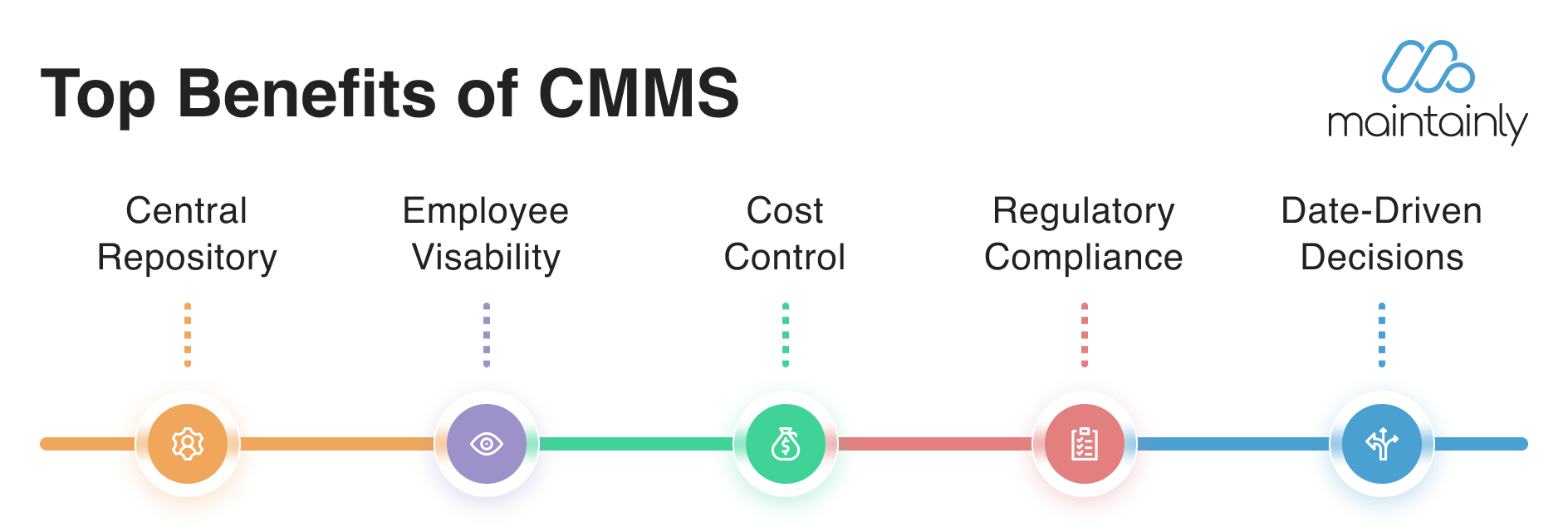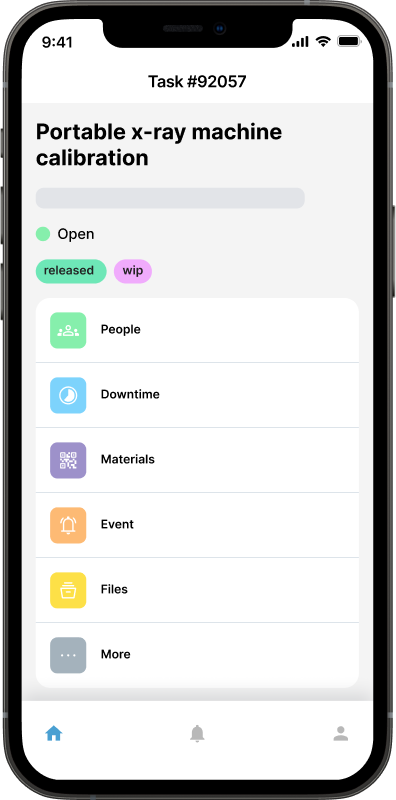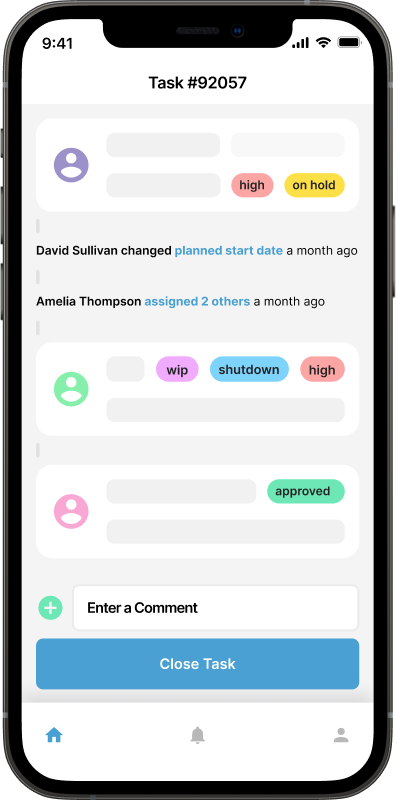Benefits of CMMS

The benefits of implementing CMMS for work order and asset management, for a business serious about maximizing asset performance, are numerous.
CMMS will aid and inform technicians out in the field, as well as decision makers, on maintenance work that has been done, will be done soon, or is planned to be done in the future. Broadly speaking, the benefits of CMMS can be broken down into three categories: management; visibility; and cost control.
Management
Management relates to the overall organizational role that a CMMS or work order management software can provide.
A CMMS acts as a central maintenance data repository that allows each stakeholder to know what is required of them and when it is required. It is essential from a management perspective to plan work in advance so expectations are clear and resource planning can be done more accurately. This ensures that resource wastage is minimized and that employees are aware of their roles and responsibilities as they relate to current as well as future work orders.
It also means that the maintenance planning phase can maximise the benefits of downtime, if and when it should occur. For example, say an asset has to be taken offline for scheduled maintenance, or perhaps it's due to a breakdown, then steps can be taken to ensure any other pending work orders can be completed and thus avoid additional asset downtime.
Use of the newest web and mobile CMMS apps ensures increased levels of accountability. With user activity being captured in work orders, information sharing and knowledge is increased since users become more accountable for the data that they are submitting into the CMMS.
Visibility
The role of visibility has many facets.
Firstly, by eliminating paperwork and relying more on newer CMMS technologies, such as work order mobile apps, there is more up-to-the-minute visibility of the maintenance program. This is particularly important for technicians working in remote locations, or a field service team that is geographically spread.
Visibility of the asset history is key and has a number of intrinsic benefits. For a start, it means that the asset history can be used as part of the learning process. And that’s the case for both new and existing employees who may be looking to troubleshoot maintenance issues using the history of work performed on an asset.
That historical knowledge of each asset can also have a positive impact on reliability, since ‘lessons learned’ can be applied to consistently improve outcomes, efficiency of the repair work, and reduced downtime in the future.
By gathering a large data set, particularly when one particular asset is being used a lot, means that issues can be predicted, before they happen. This leads to less downtime, less disruption and less spare part purchases.
CMMS also gives the visibility necessary for audits and compliance. The system and structure, as well as stakeholder communication, and the tracking and accountability it provides means organizations will be better positioned to meet their compliance obligations as well as having the necessary records available for CMMS audit purposes.
 Cost Control
Cost Control
A lot of the visibility benefits will also carry over to be cost benefits. For example, by giving technicians visibility of asset history, future maintenance should be quicker and more reliable; therefore cheaper over the long term.
Likewise, predicting issues before they actually happen means that they can be addressed before something catastrophic occurs, leading to less downtime and reduced spare part and asset replacement costs.
Such predictive maintenance can also be combined with scheduled maintenance in order to minimize total downtime. Scheduled maintenance allows assets to be serviced on a predefined timetable (also known as preventative maintenance, or simply 'PM'). This form of maintenance addresses three main issues. Firstly, with regular maintenance, assets can be kept operating at their maximum output, for longer. Secondly, unexpected issues can often be identified during the course of scheduled maintenance and be addressed prior to becoming catastrophic. And thirdly, it means that an element - hopefully a large one if maintenance is skewed towards scheduled rather than reactive - of maintenance costs can be more accurately budgeted for.
In a general sense, maintenance costs will typically include parts and labor, as well as more intricate costs, such as opportunity costs associated with downtime, amortization of the asset, and so on.
Compliance

A CMMS helps organizations maintain compliance with industry regulations and standards by automating record-keeping, tracking inspections, and scheduling preventive maintenance. This ensures that equipment and processes meet legal requirements, reducing the risk of penalties and enhancing safety. The system also provides audit trails, which are essential during inspections and audits, demonstrating adherence to regulatory requirements. Compliance features in a CMMS can also include alerting users to upcoming certifications or inspections, ensuring nothing is overlooked.
Data-Driven Decision Making
A CMMS gathers and analyzes vast amounts of data on equipment performance, maintenance tasks, and resource allocation. This data enables managers to make informed decisions based on trends and patterns, such as identifying equipment that frequently breaks down and requires replacement or optimizing maintenance schedules to prevent downtime. By leveraging this data, organizations can improve operational efficiency, reduce costs, and extend the lifespan of their assets. A robust CMMS also offers customizable reports and dashboards, allowing decision-makers to visualize key metrics and adjust strategies as needed.
CMMS Software an Essential Tool
CMMS will assist maintenance or service departments of all sizes, be they small through to enterprise, with all of these issues by helping to manage, track, and report on all things maintenance. As a result, stakeholders will have access to data at their fingertips, quicker access to reporting, lower repair costs, reduced lead times, downwards pressure on inventory levels, and reduced overtime.
Try Maintainly CMMS free for 14 days, or check out this article on the basics of CMMS.

